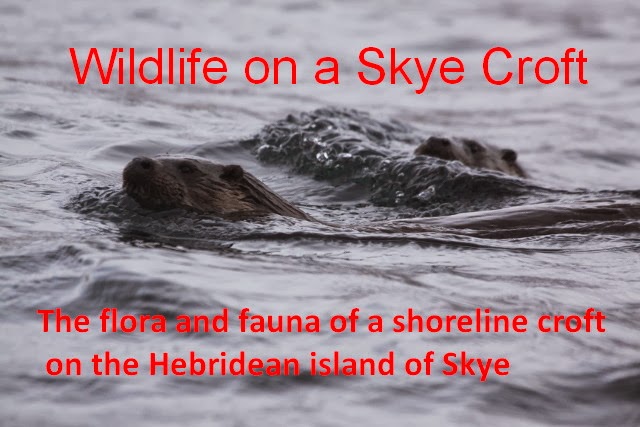The trail camera picked up the otter family early this morning leaving the holt; each lingered in front of the camera for once.
Spring is progressing at pace. Out in flower on the croft are Marsh Violets and Common Dog-violets and among the rocks on the shore there is Danish Scurvy-grass.
 |
| Danish scurvy-grass |
 |
| Marsh violet |
In addition to the comprehensive marking of butterfly orchids, I marked the position of around 120 plants of the other orchid species and hybrids that flowered last year. I want to see when they leaf and the churn rate, the percentage of plants that repeat flower. There are leaves appearing on three of of those marked orchids, so the first ones should be in flower towards the end of May. The time interval between leaves and flowers is typically 5 weeks.
 |
| Early marsh orchid with last year's spike remnant |
 |
| Heath spotted orchid (Heavy blotching atypical) |





.jpg)



